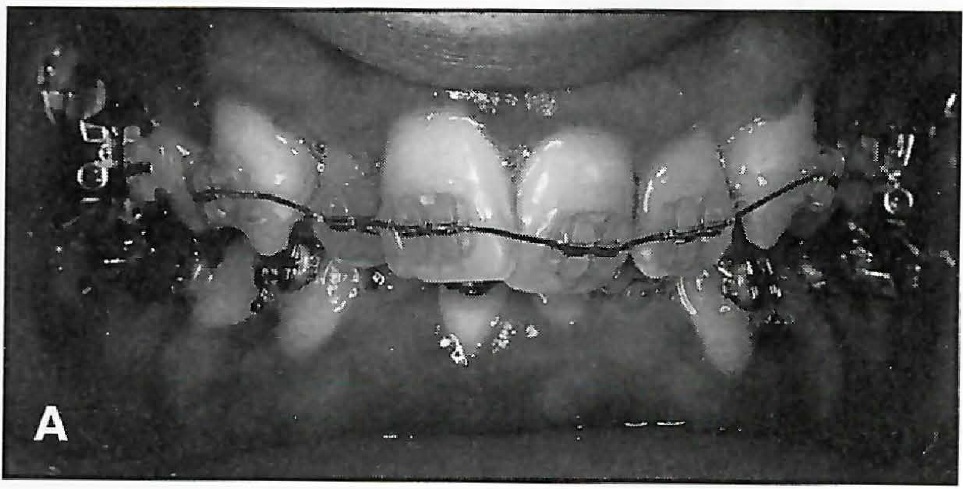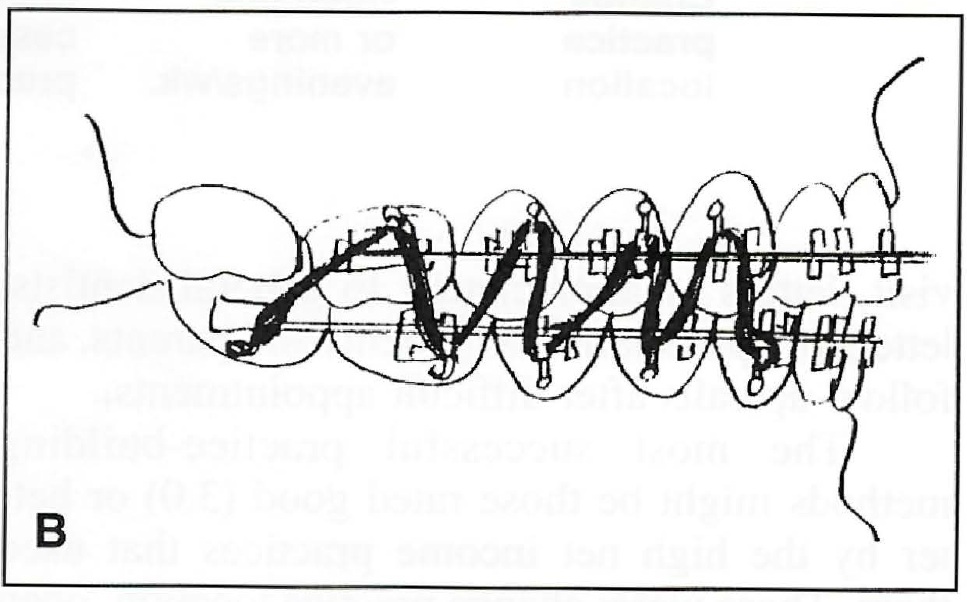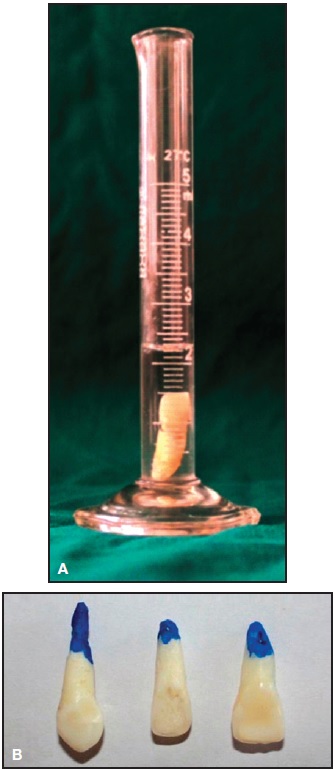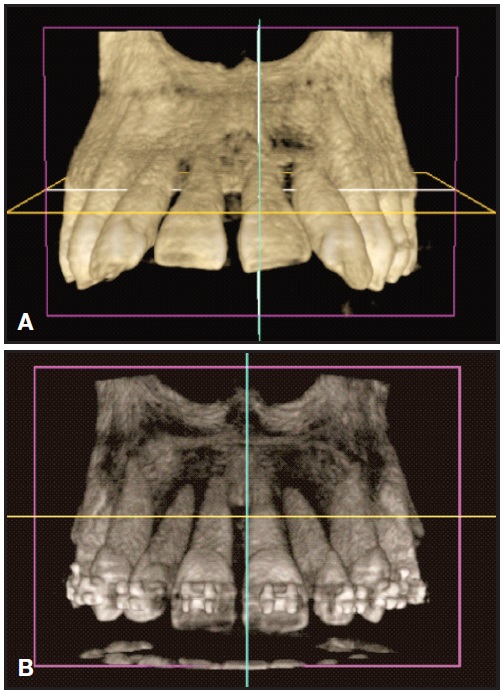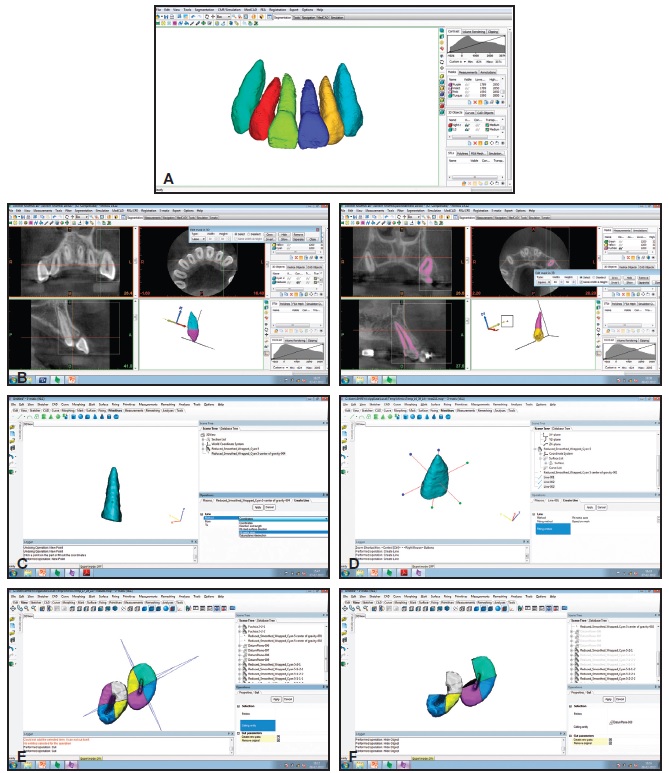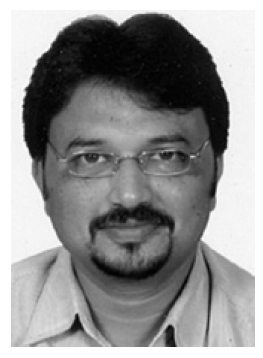PEARLS
Dead-Soft Security Archwires
In a nonextraction case, an archwire is usually placed to initiate tooth movement immediately after bonding. The stainless steel or elastomeric ligatures prevent any debonded attachments or loose bands from being swallowed or aspirated.
In an extraction case, however, inserting stainless steel or nickel titanium archwires might create undesired tooth movement before the extractions are performed. This problem can be avoided by placing sectional arches made of dead-soft brass wire or twisted, double strands of .008" or .010" dead-soft stainless steel ligature wires. These arches are bent to lie passively in all attachments and tubes anterior and posterior to the extraction sites (Fig. A).
The same types of sectional wires can be used as final archwires in one or both arches, in conjunction with "snake" elastics, to enhance intercuspation prior to appliance removal (Fig. B).
Similar articles from the archive:
